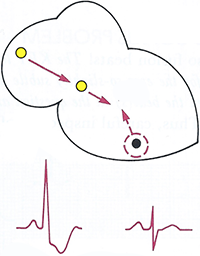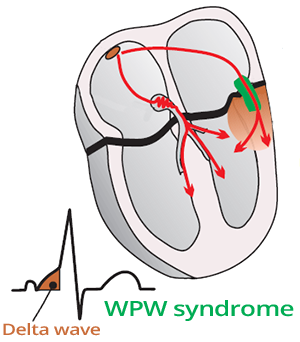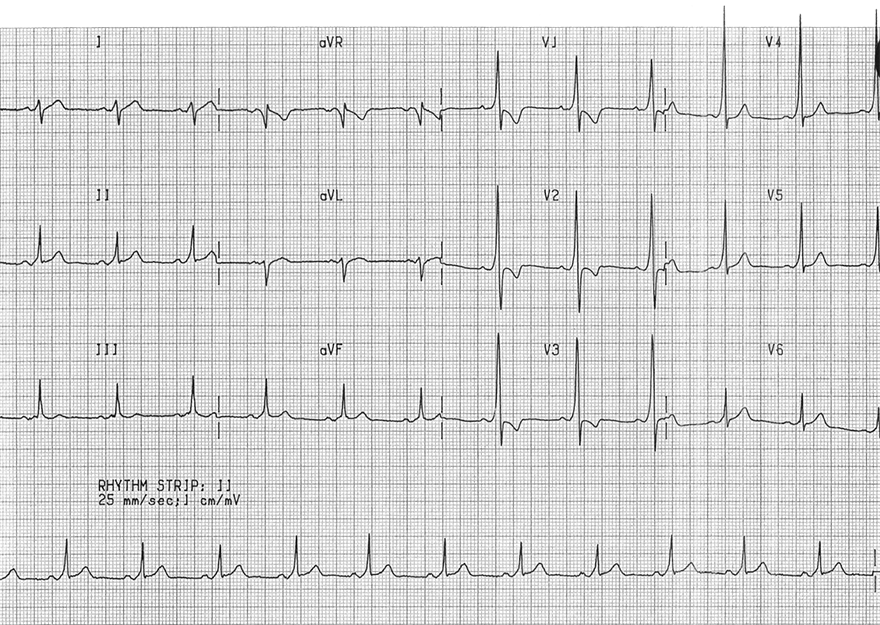
Fusion Beat Mechanism


Fusion Beats

Ventricular Tachycardia

Accelerated Ventricular Rhythm

Ventricular Parasystole

Fusion Beat and Pacemaker



WPW Syndrome (Type A)
Sources

Fusion Beat Mechanism
Fusion Beat
|

|

Fusion Beats

Ventricular Tachycardia

Accelerated Ventricular Rhythm

Ventricular Parasystole

Fusion Beat and Pacemaker
Fusion Beat and WPW Syndrome
|

|

|
WPW Syndrome (Type A)
|

|
Sources